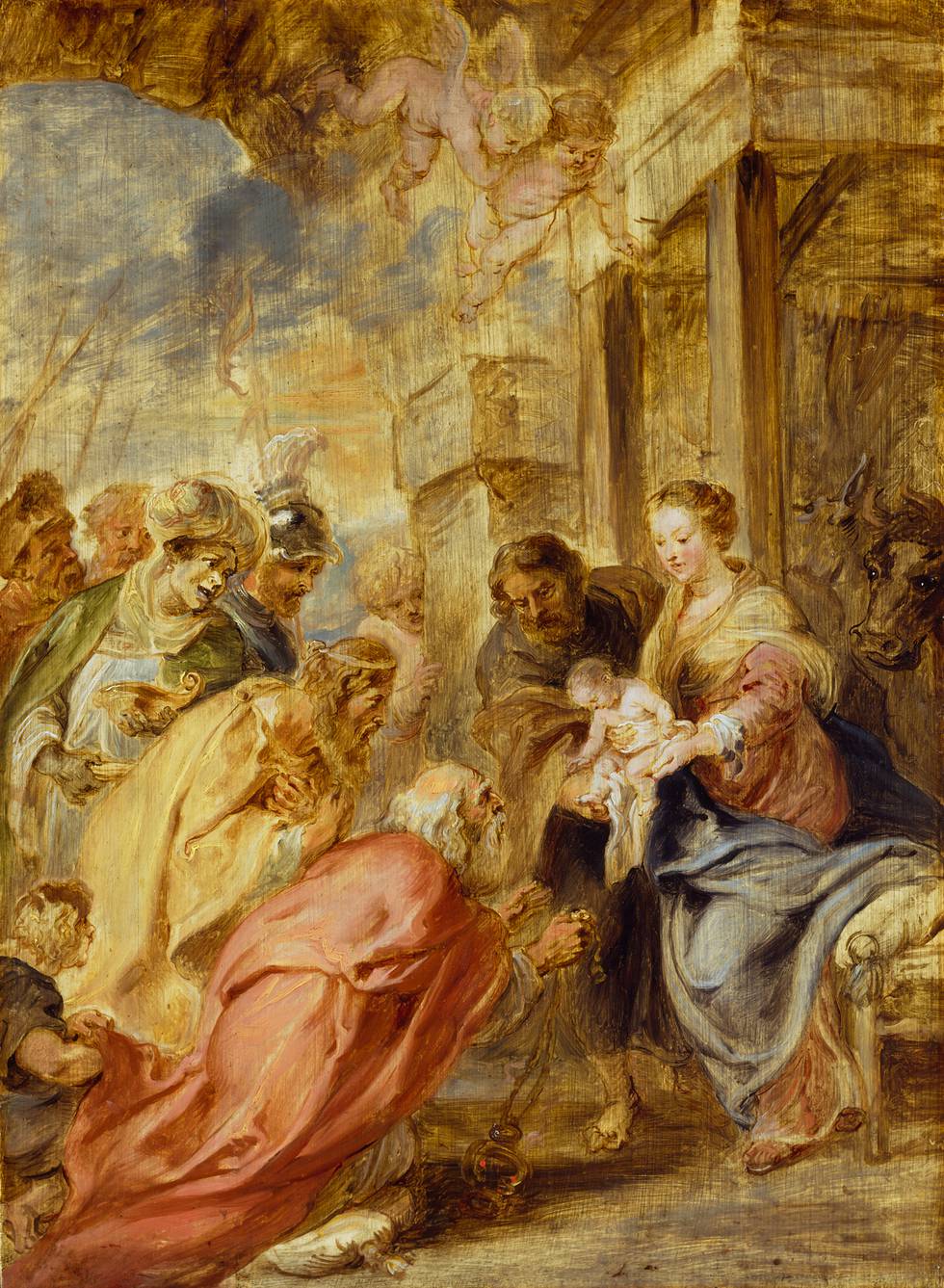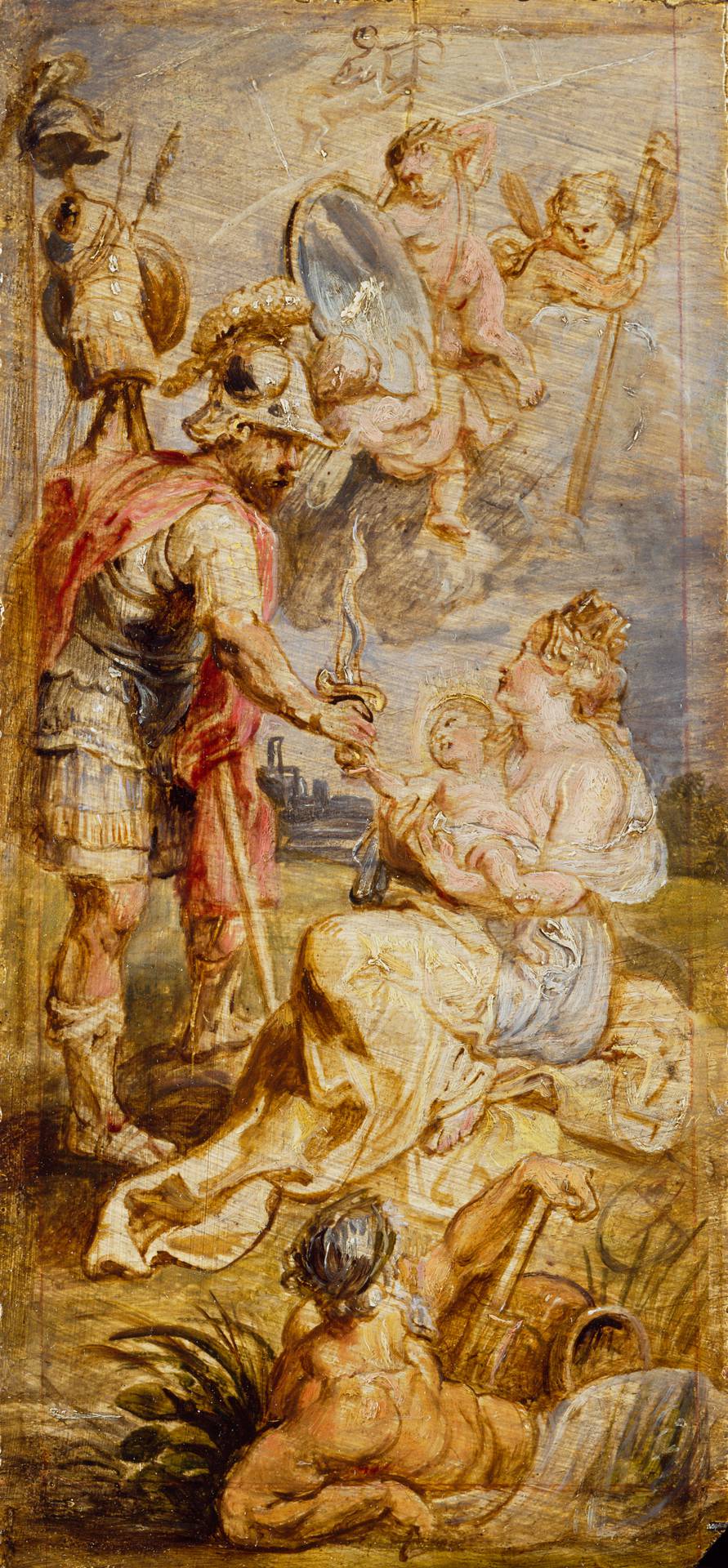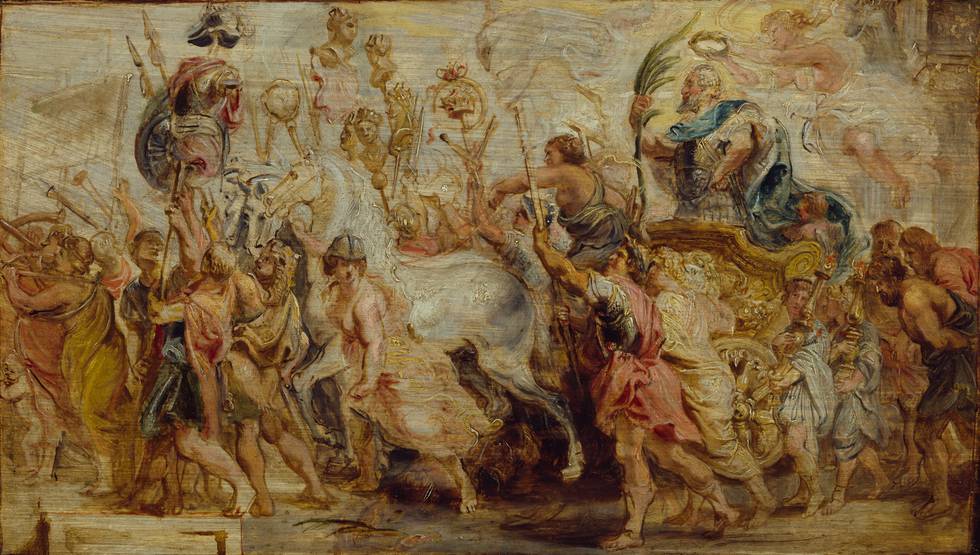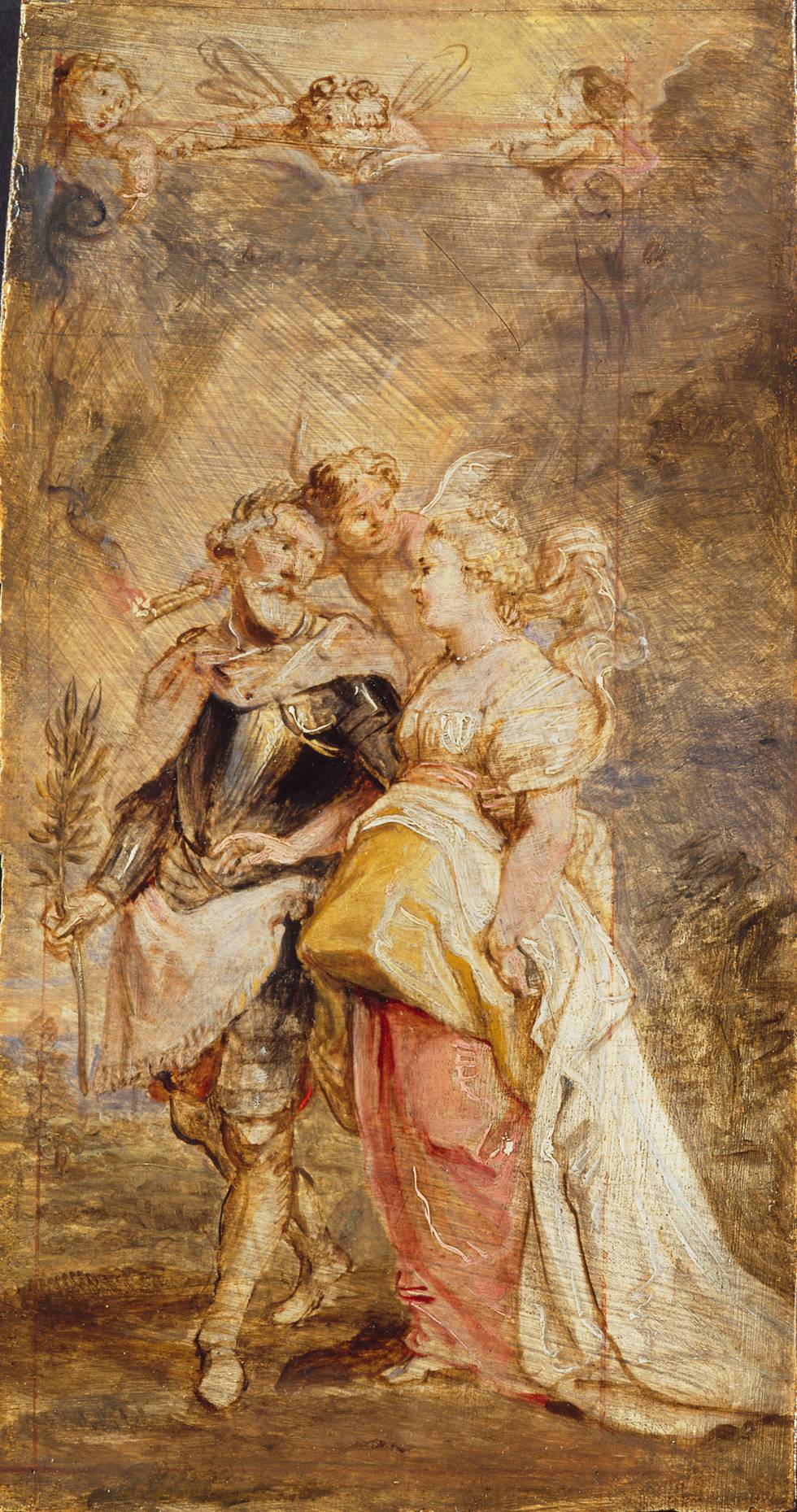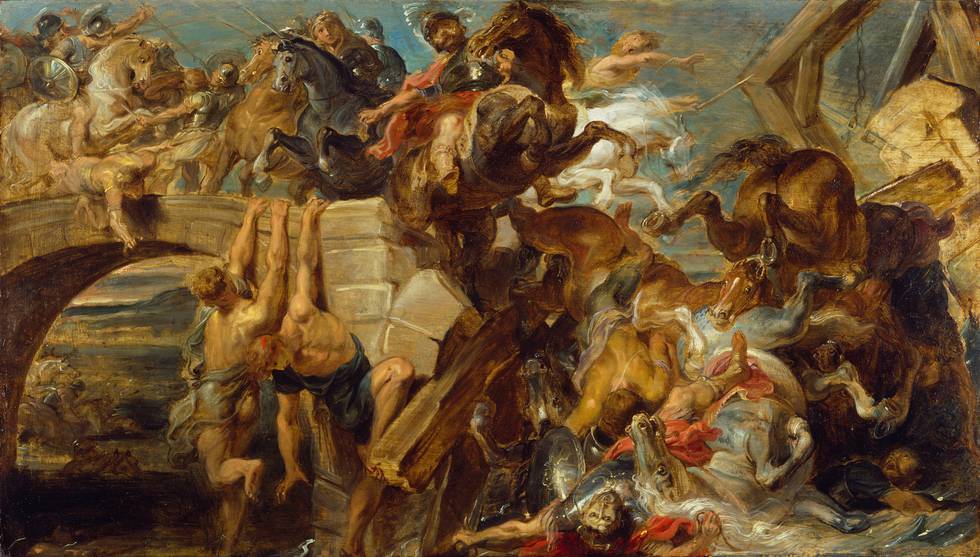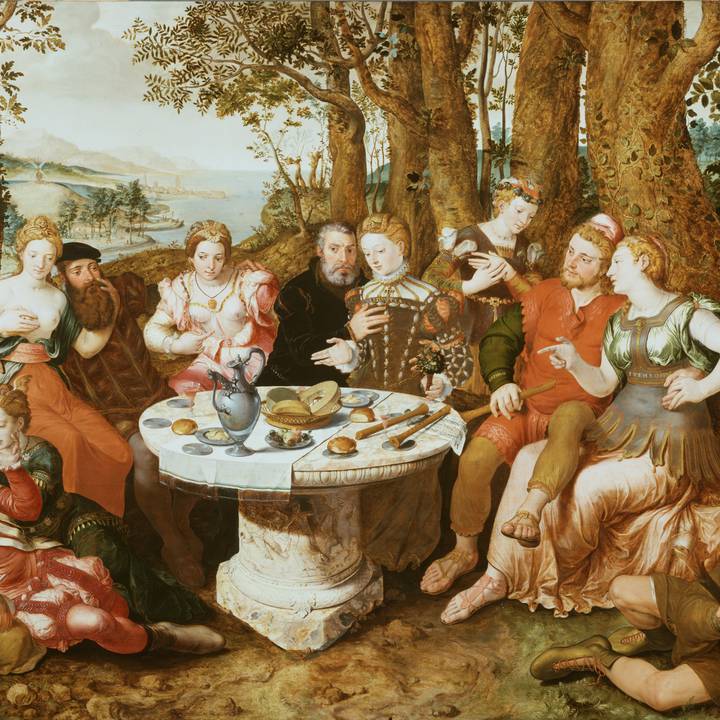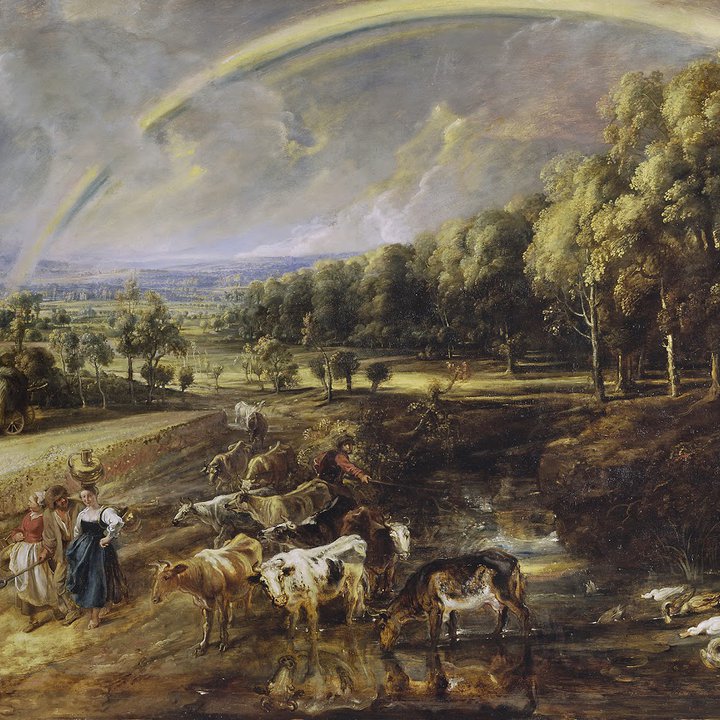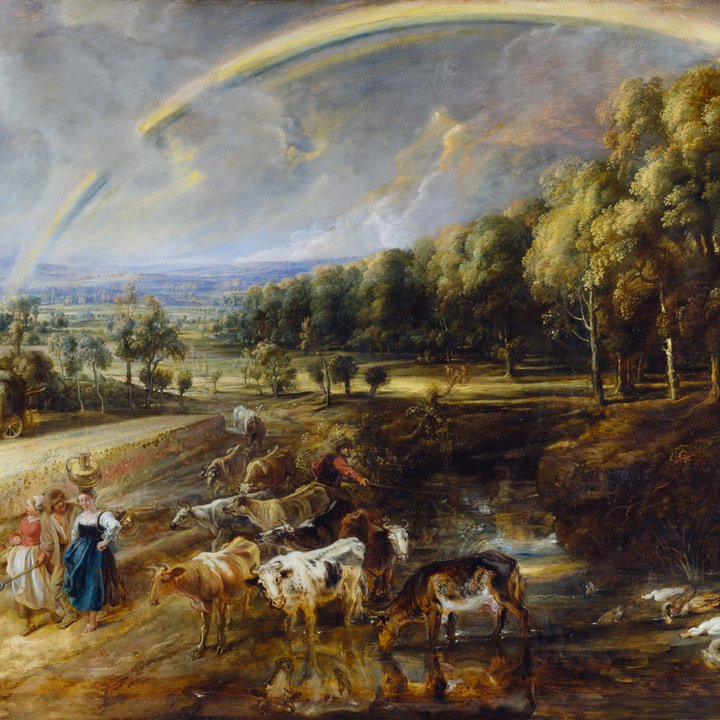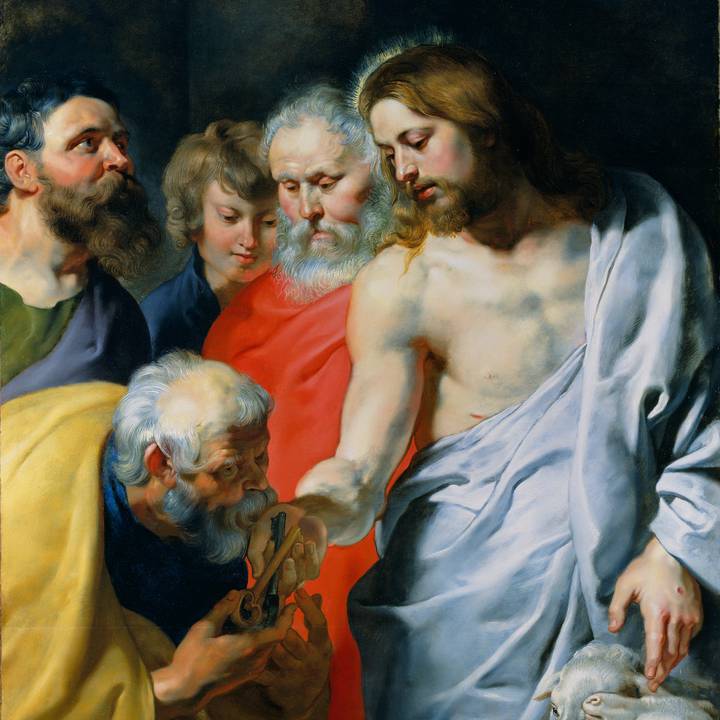Peter Paul Rubens (1577–1640) was the first artist to use oil sketches on panel as an integral part of his creative process.
On one level they were a pragmatic response to the high demand for his paintings which required him to manage a very organised workshop. For Rubens himself, they were the keystone of his creative enterprise, to be used as designs to present to his patrons for commissions and as a model for his studio assistants to transpose into final compositions, often monumental in scale. But he also used them in a more open-ended way, as a vehicle for visualising a composition, establishing scale and colour. It is this ‘unfinished’ aspect that seems so appealing to viewers of today, and gives us a privileged glimpse into the artist’s creative process.
Alongside this functional role, Rubens’s oil sketches have long been admired and valued as masterpieces in their own right, as autograph works. Aware of their value as blueprints of both his conceptual invention and technical brilliance, Rubens nearly always held onto his oil sketches.
Peter Paul Rubens, The Adoration of the Magi, c. 1633 (P521)
This sketch is a design for a great altarpiece commissioned by the convent of the Dames Blanches in Louvain, now in King’s College Chapel, Cambridge.
Rubens sets out the basis of the composition with the lightest touch. He leaves the warm beige priming layer exposed, to set the tonal basis for the composition, while painting in the contours in a dark brown liquid medium. One of the great attractions of the oil sketch is the combination of spontaneous first thoughts and a long-lasting, sturdy support.
Find our more about The Adoration of the Magi
Peter Paul Rubens, The Birth of Henri IV (P523), The Triumph of Henri IV (P522) and The Union of Henri IV and Marie de Médicis (P524), 1628
At the Wallace Collection there are three sketches for a project that was never realised: a cycle of paintings commemorating the life of Henri IV of France, projected by the king’s widow, Marie de Médicis.
It is easy to forget just how small these sketches are, and it is a marvel to see Rubens, the painter of the grand format, working on such a small scale. While we are used to seeing his sketches framed as small paintings, they were not intended to be seen that way.
Borders painted around the edges of these compositions suggest that the scenes were painted in groups on a larger composite panel. The panel may have been cut up into smaller groups for ease of transport, to the patron, and only later divided into the individual scenes we see today.
Find out more about The Birth of Henri IV, The Triumph of Henri IV and The Union of Henri IV and Marie de Médicis
Peter Paul Rubens, The Defeat and Death of Maxentius, c. 1622 (P520)
The largest of our oil sketches, this dramatic battle scene is a design for a tapestry of monumental dimensions (over 4.57 m x 7m); now in the Philadelphia Museum of Art.
Rubens painted it in 1622 as one of a series of twelve scenes illustrating the life of Constantine the Great. It seems to have been a speculative project devised by Rubens and one of the Directors of the French Royal Manufacture of Tapestries, intended to impress King Louis XIII.
Find out more about The Defeat and Death of Maxentius
